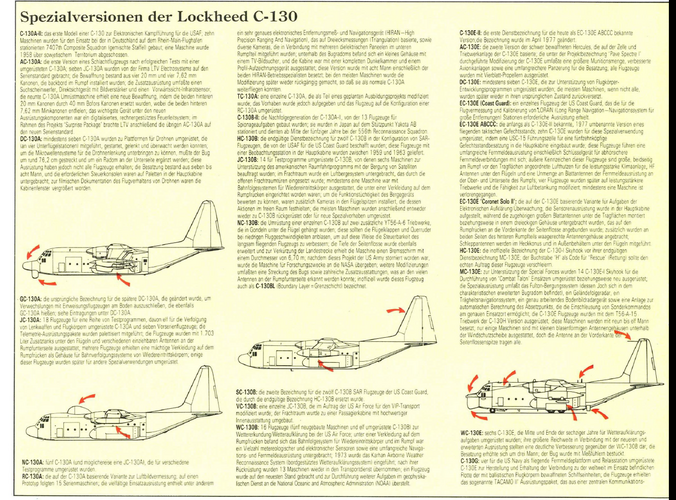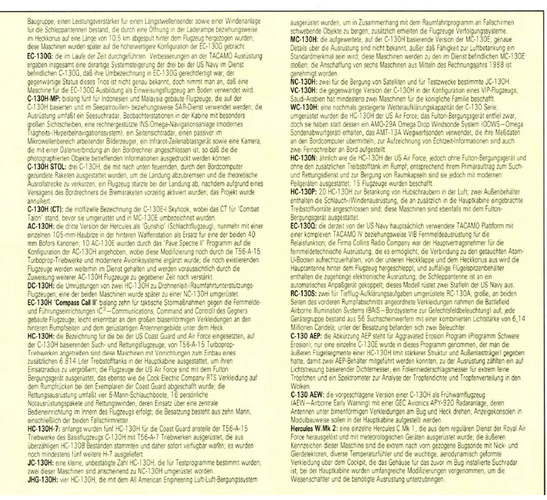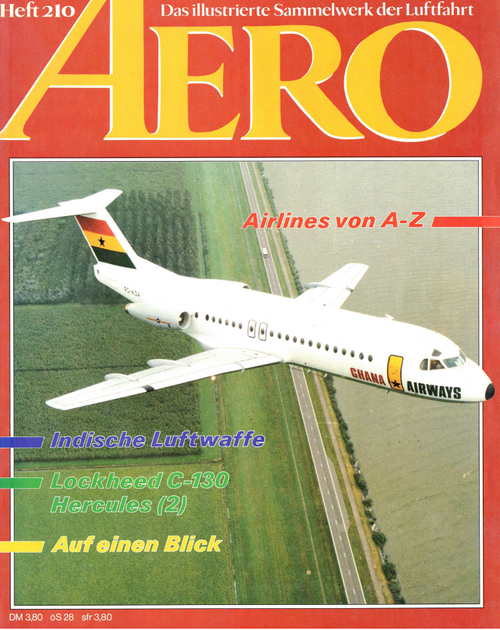Some back story information regarding the EC-130V
This is from "Aviation Week & Space Technology", September 26 - October 9, 2022, page 5 in the feedback section.
MORE THAN MEETS THE EYE
Responding to "A Little Bit Ruthless" by Brian Everstine (Sept. 12-25, p. 61), my comments are based on a career as former head of special avionics projects for the U.S. Coast Guard, chief of electronic maintenance in the performance engineering division for the U.S. Army Signal Corps and chief engineer for the 2762LSS/Det2 at Carswell AFB, Texas, for projects other than the Air Force. I was also a project manager for many well-known Army, Coast Guard and other government agency projects over the years, most of them classified, and it is to this aspect that I want to comment.
Many "one-off" projects are of the "Priority One" category: highest national urgency. These are done outside the normal contracting arena and as a result attract a lot of attention. In most cases, the claim is that the Air Force or Army is spending vast sums and get- ting nothing in return. Unfortunately, as the contracts and the subjects are classified, I was never able to comment at the time, nor are the individuals working on them today able to do so.
One project with which I was involved, the EC-130V, was an E-2C weapons system on a HC-130H supplied by the Coast Guard, which would require much more power, both on the ground and in the air, and also several industrial control systems (ICS) and redundant radio systems in all bands. Even before the contract was awarded, an article in "The Washington Post" by a former cabinet secretary said the project would have vast overruns and end up costing over $1 billion.
It was done on time and at cost, and it met or exceeded all requirements for around $57 million. We had planned on five aircraft, but the Coast Guard and Marine Corps decided not to go ahead with it. There was much pressure by a company already providing another aircraft, under-at the basics, you might think so, but there was more to the story. The communications suite, the ICS suite and the aircraft were put through complete Tempest testing, which meant it had to be hardened. And even though the weapons system may have been off an E-2C, our software was all unique, and we pushed the limits and built all-new chips that were not previously possi- ble. So where was all this used? On the next-generation AWACS, of course.
There is sometimes more to the story than meets the eye. My group did 47 projects, and all were done on time, at or below cost, and all met or exceeded requirements. Of that we are all exceedingly proud.
Bill Danner, Lompoc, California

www.thedrive.com














